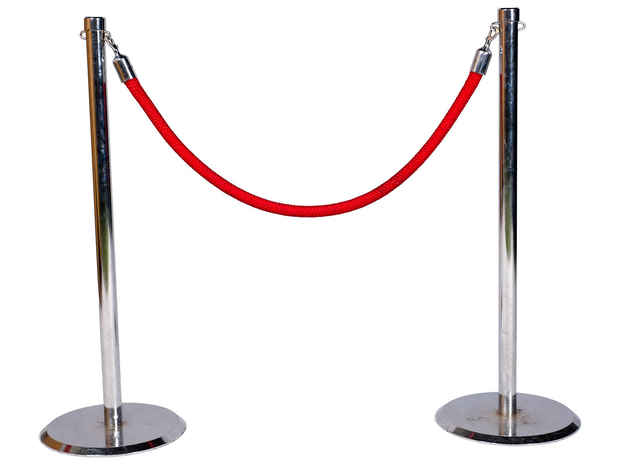“Truth Bistro” Exhibition
Kai Matsumiya

This event has ended.
Kai Matsumiya continues to invite artists represented by the gallery to curate the first show of the new year. Following Rainer Ganahl’s “Tableau” (2015) and Lucky DeBellevue’s “Fondation Barbin” (2016), Gabriel Lima, curates the group show “TRUTH BISTRO”.
For its theme, TRUTH BISTRO investigates how exaggeration and hyperbole pursue the factual, historical, and speculative, while exercising their real effects as artifacts in themselves. The hyperbolic charge in the group of works by Craig Kalpakjian (USA), Pirata (Portugal), Thomas Jeppe (Australia), Pablo Accinelli (Argentina), Viola Yeşiltaç (Germany), and Blake Rayne (USA), could said to be located in the recurring gap between the used historical material on one hand and the march of speculative history on the other hand, while not being located at a fixed linear point in time.
Craig Kalpakjian employs an automated device which pairs the mechanical and the organic with the work “BIOS (intermittent sortie).” A globular enclosure with living cockroaches, the most primitive of the living insect families, rests upon a moving Roomba vacuum programmed with algorithms specifically designed to adapt to the physical limitations of the exhibition floor before heading back to its docking station. The result produces a strange circumstance of uncertain control wherein the archaic and the modern are intertwined in an ambiguous relationship.
Pablo Accinelli, fascinated by how wonderment sometimes results in nothingness, shows “Evening Falls,” made of unaltered photographic paper on MDF wood, with miniature locks on all four corners. This lost wonderment is a state in which the mind is adrift; for example, a lonely circumstance at a party, or when one peers out at the skies through the window when car traffic is at a standstill.
Viola Yeşiltaç presents a series of works from “le costume grotesque” which arrived from her inspirations of the surrealist body of work from the late feudal period by Nicolas de Larmessin where members of professions wore the objects they produced almost to the point that they seem to become the commodities themselves. Such works could be interpreted as the alienation of labor with direct surrealist emphases that are by definition heightened uses of representations. Yeşiltaç resists this, pursuing to rescue the characters, in particular the artists, by employing abstraction as a means of sublating and assimilating them into a larger cosmos which may alleviate the realities of social stratification.
Pirata, an artist situated in what could be defined as the “outsider” community in Porto, Portugal, employs the locally abundant material of cork as the surface of choice for the execution of his paintings. This artistic preference finds symbolical reverberation in the extent that the material is not only ubiquitous to the region but also socially and economically essential at a certain structural level. Once the slabs of cork are embellished with painted abstract motifs and youthful landscapes, Pirata then attaches fake flowers that both populate and exceed the representational interest of the painting. In doing so, Pirata interpolates the rendered form and insufflates prosaic merit. In that sense, he makes sure to conflate the exceptionality of artistic achievements with the nondescript quality of the means that furnish them— also resembling his status as a revered local artist who exalts the mundane for its own sake.
Thomas Jeppe, a Paris-based artist, makes the debut New York presentation of his “Abstract Journalism” with a text piece composed of decal on MDF. The manifesto proposes a framework for “facing and contemplating the contradictions embedded in a research-related art practice.” It details an approach that engages with the vernacular to describe the lived structure of cultural history, where “to feel is to know… to aestheticize the result is to embrace hyperbole: comical in its exaggeration, frugal in its prescription, and intuitive in its logic.” Consistent with his practice in which the artist often makes rational the irrational, and vice versa, from the norms and mores of various social groups and subcultures, Jeppe’s Abstract Journalism consolidates these earnest yet futile gestures from the vantage point of the artist.
Blake Rayne introduces a range of drawings which use or reference readymade scripts found across all parts of the spectrum, whether from film/theatrical productions, professional work environments, or personal dialogue. It is through such scripts between episodes, events, circumstances, whether static or dynamic, where he locates this part of his painting and drawing practices. Finally, Rayne debuts a film from 1992 in which individuals are physically tripped in puse-colored sequences.
Media
Schedule
from January 19, 2017 to February 24, 2017
Opening Reception on 2017-01-19 from 19:00 to 21:00
Artist(s)
Craig Kalpakjian, Viola Yeşiltaç, Thomas Jeppe, Blake Rayne, Pablo Accinelli, Pirata